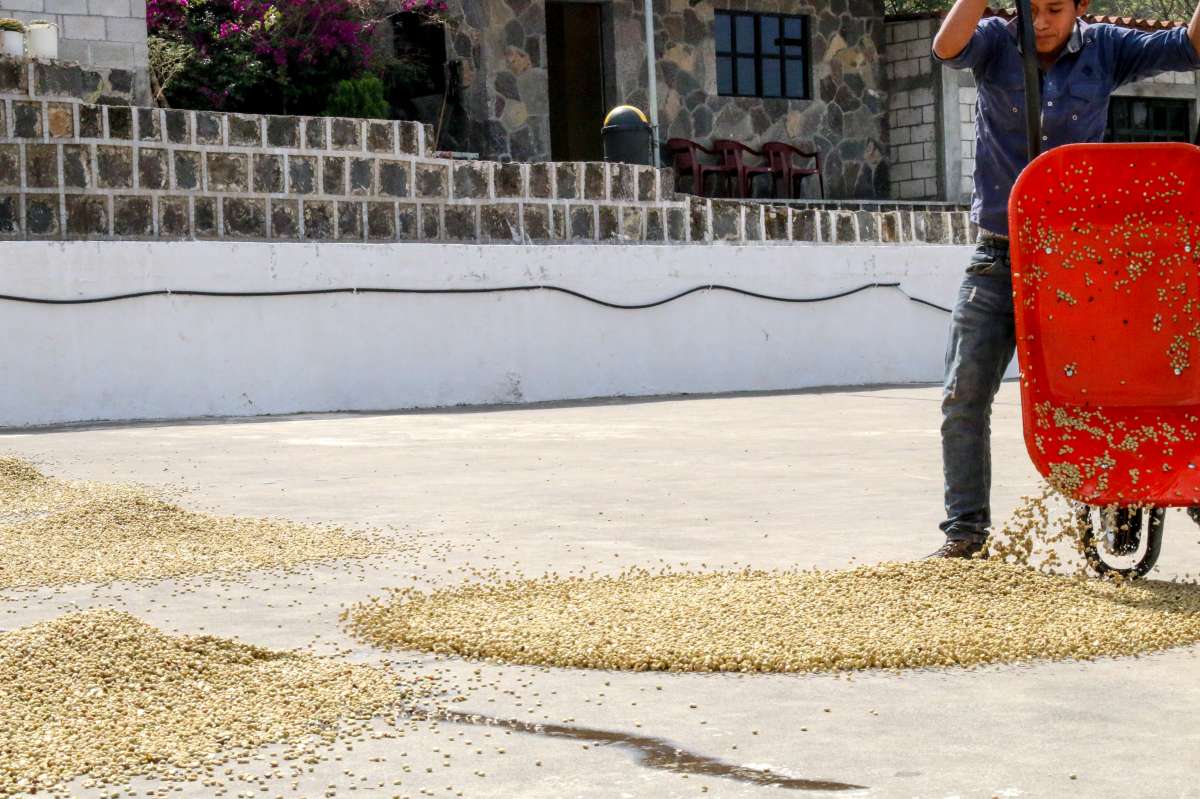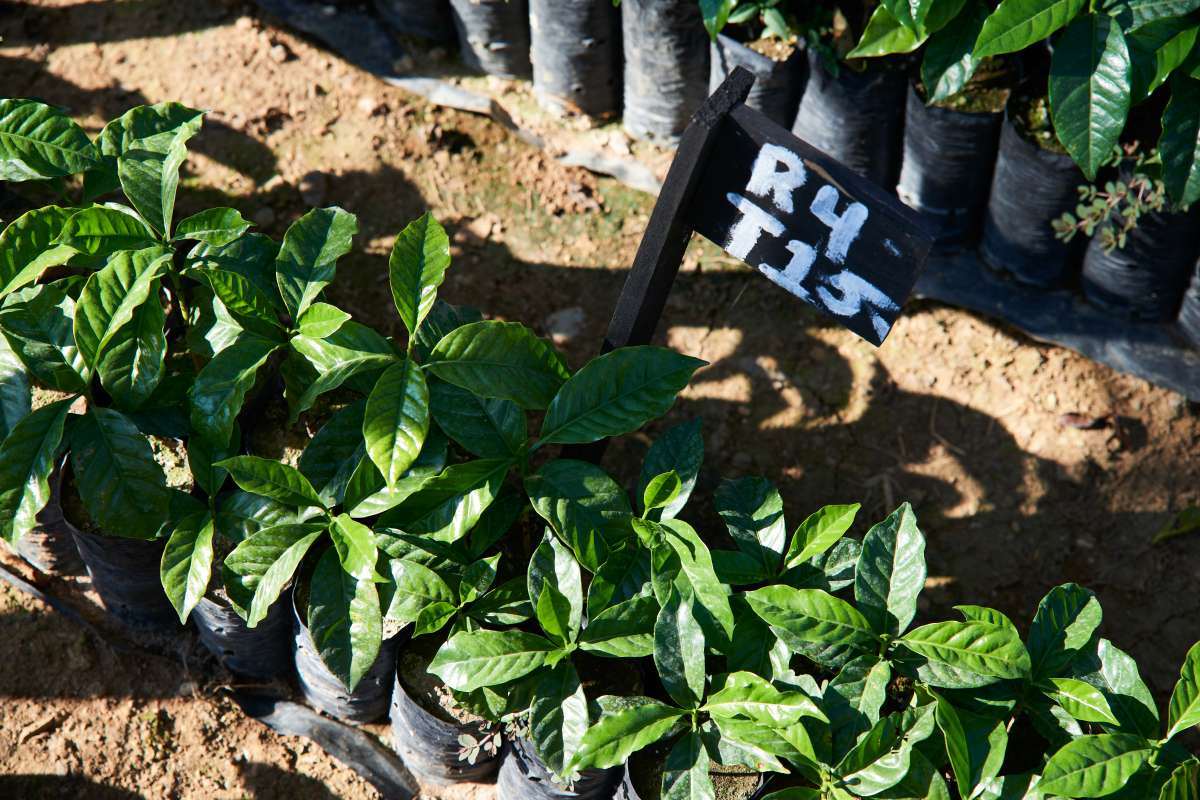Introduction of Guatemala Vivette Nan Fruit Coffee producing area introduction of Guatemala Classic smoked Coffee

Los Arroyos (Los Arroyos) is the farm of Huehuetenango La Freedom Tower (La Libertad). They operate about 50 hectares of coffee production in the terrain of terrain. Some of the slopes of coffee growth are steep, and planting requires careful logistics. Los Arroyos has four wet grinders for processing coffee in coffee fields and sending it to central mills and patios, where they dry coffee in concrete patios and mechanical dryers. The farms, which are between 1400 and 1800 metres above sea level, are run by Felipe Venenciano Martinez Lopez and his three sons. Like most Vivienne fruits, Los Arroyos grows Caturra,Catua and Pache varieties.
In most parts of Vivette Nango. Most of them are tiny producers. The average farm has 500, 000 coffee trees, or about 1/5 of a hectare. Nevertheless, all producers process and dry their own coffee, sometimes do-it-yourself, usually with their families. When coffee from Los Arroyos and other La Libertad farms arrives at Unitrade, each batch is assigned a fruity batch.

On the second day in Vivette Nango, I visited the Santa Barbara area. The road to the town is a dry dirt road winding through the hills. I met a team of ten agronomists who worked with about 30 producers throughout Huehuetenango. They provide free monthly seminars on a wide range of topics related to coffee production, processing and sustainable practices. The results of the workshop were evident in practice, such as the use of drainage holes for treated residual water.
The average farm in Santa Barbara is about 1/5 of a hectare, and many producers tend to plant up to five bags of coffee. Many producers live on farms with their families and farm collectively to collect coffee when they sell it. Most of the people in Santa Barbara belong to indigenous groups and have different traditions, languages and cultures from Hispanic Guatemalans. Many agronomists working in Unitrade speak and hold seminars in indigenous languages.
Santa Barbara (Santa Barbara) is astonishingly high, 2340 meters above sea level, which has a direct impact on coffee trees. Most of them are small, with dense branches and small cherries with a flat appearance. Most producers share very basic pulping machines with their families, fermenting coffee in plastic and wooden buckets. Due to the high altitude and low temperature, fermentation takes up to 48 hours. After fermentation, wash the coffee in your own tank. These factors contribute to the unique image of Huehuetenango and the fruity aroma that we like very much.

On the way to a farm we visited, we stopped at a school founded by NGO Coffee Care in Guatemala. In 2004, Unitrade established Coffee Care as an independent non-governmental organization to solve some of the problems often encountered in rural coffee producing areas. In areas such as Vivette Nango, access to education, appropriate nutrition and health services may be very basic or even non-existent. Coffee Care focuses on the three pillars of education, nutrition and health to better support coffee producers in the region. The direct result of the plan was the construction of three schools and a clinic on the cooperative farm. Through these schools, children can get education and nutrition during the day when their parents work in the fields.
Important Notice :
前街咖啡 FrontStreet Coffee has moved to new addredd:
FrontStreet Coffee Address: 315,Donghua East Road,GuangZhou
Tel:020 38364473
- Prev

Do containers of different materials have an effect on the flavor of coffee? What material preserves the flavor of coffee best?
You have chosen your favorite place from your favorite roaster, bought coffee, and brewed it to perfection. There seems to be nothing to do but pour it into a cup and enjoy it. However, choosing the right container and the right material is more important than you think. In order to fully enjoy your cup, you should make sure that the selected material does not have a bad effect on the taste of the coffee.
- Next

What is the effect of different degree of grinding on coffee extraction?
Trained baristas know the importance of choosing the right degree of grinding for different cooking methods. In fact, most coffee shops calibrate bean grinders regularly throughout the day to keep their products consistent. However, if you make coffee at home, you may not have considered why the degree of grinding is important. This may happen if you buy pre-ground coffee powder
Related
- Beginners will see the "Coffee pull flower" guide!
- What is the difference between ice blog purified milk and ordinary milk coffee?
- Why is the Philippines the largest producer of crops in Liberia?
- For coffee extraction, should the fine powder be retained?
- How does extracted espresso fill pressed powder? How much strength does it take to press the powder?
- How to make jasmine cold extract coffee? Is the jasmine + latte good?
- Will this little toy really make the coffee taste better? How does Lily Drip affect coffee extraction?
- Will the action of slapping the filter cup also affect coffee extraction?
- What's the difference between powder-to-water ratio and powder-to-liquid ratio?
- What is the Ethiopian local species? What does it have to do with Heirloom native species?

